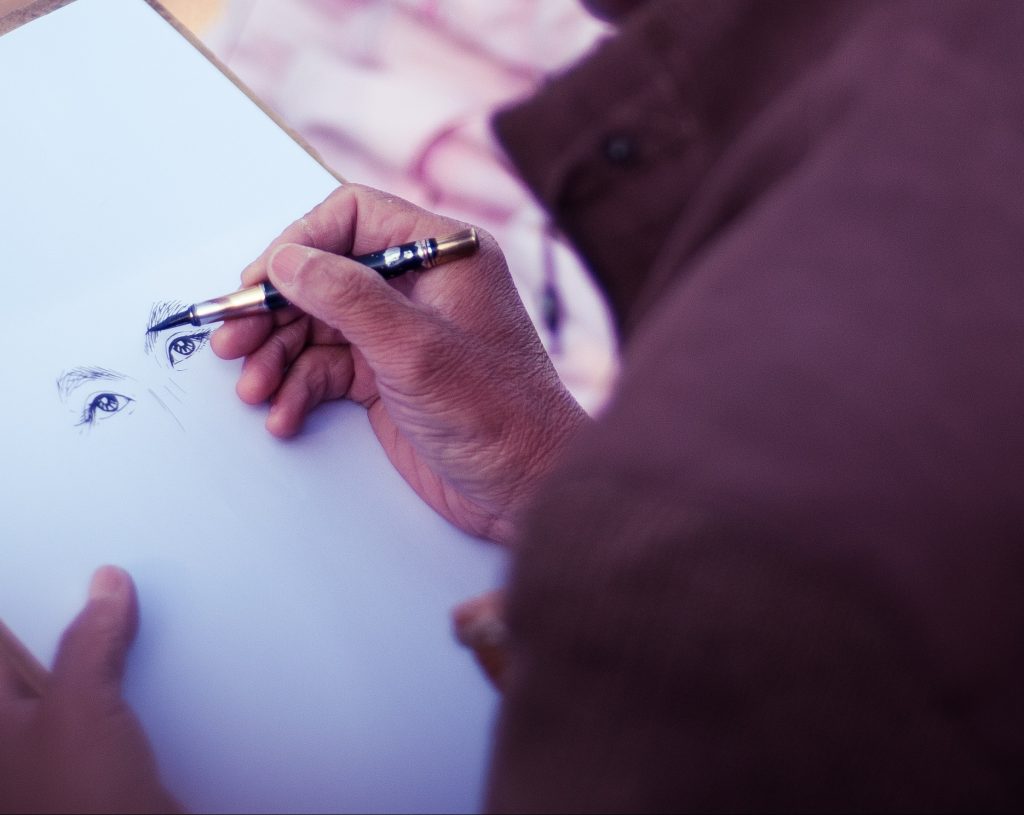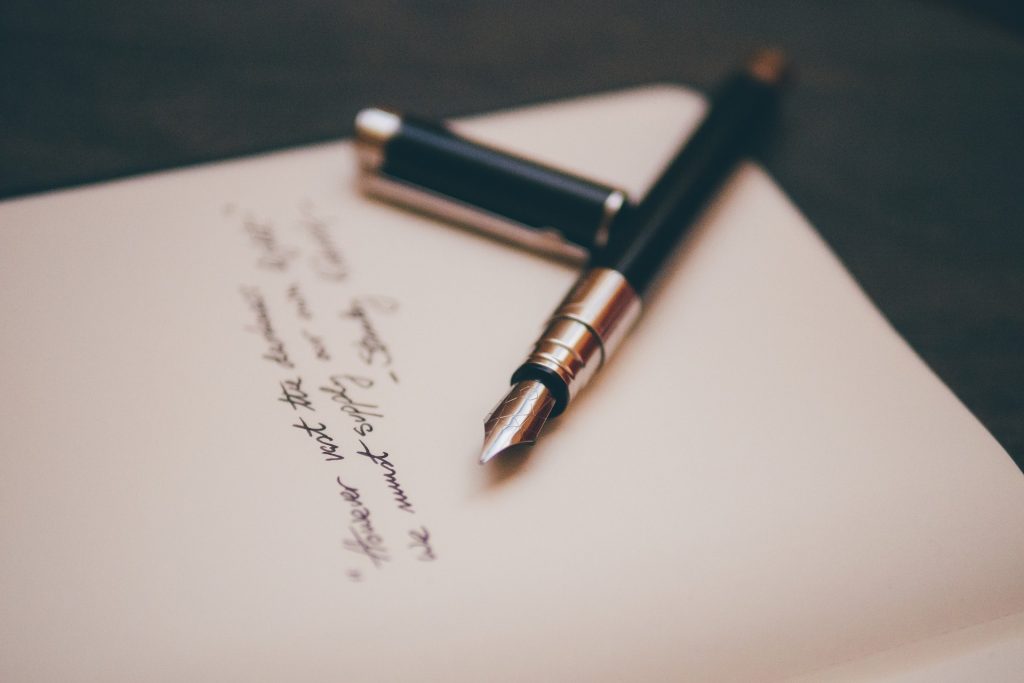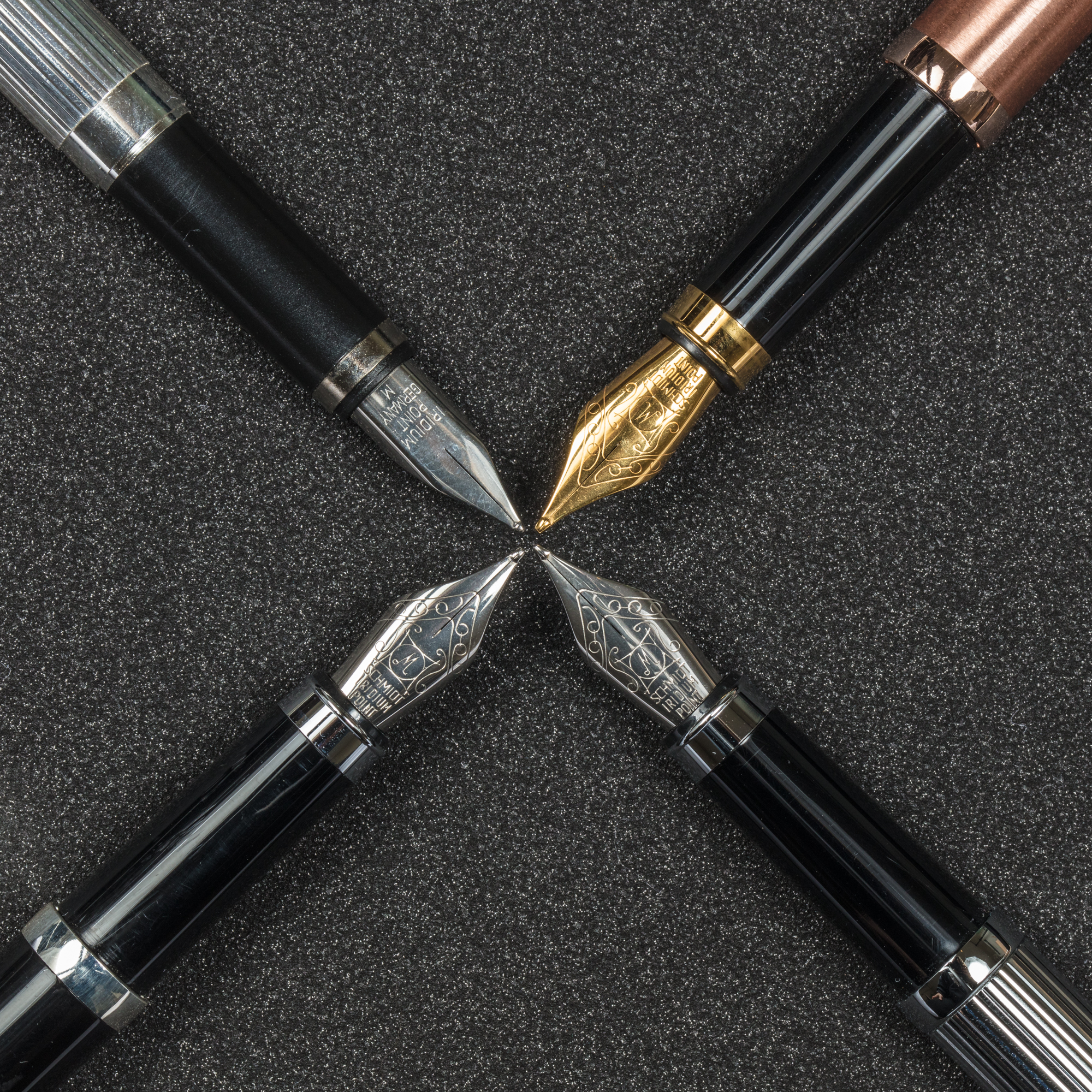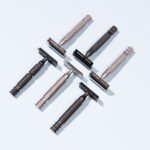Fountain pens offer so much more diversity than regular ballpoint pens; you can change up the nib styles and widths, and switch ink colours quickly. Unlike ballpoints that will work at pretty much any angle when writing, fountain pens require a little more precision since they involve a gentler hand.
Even if you’re a lefty who simply struggles with everything except pencil lead and you’re prone to smudges and an ink-smeared palm, there are a few tricks to writing the right way to avoid making a mess.
You might need to experiment with your methods a few times before you feel comfortable using your pen, but the following tips should help you become accustomed to using this style of writing instrument.
Find Your Fountain (Pen)
The first step to using a fountain is (surprisingly)… having a fountain pen. After all, we can’t put the horse before the cart.
Keep in mind that choosing one that’s too small or too big for your hand can lead to discomfort in your hands (cramping and fatigue). Thick, long pens are great for those with larger hands, but slim pens with more delicate grips are best for those with smaller hands. (Related: How to shop for a fountain pen).
Pen in hand
Once you’ve removed the cap – the question becomes where to put it? Posting (when the cap is placed on the end of the pen) is often the preferred method for fountain pen users because they say the pen itself feels more balanced. If you prefer to write without the cap posted, that’s ok too.

Finger Refinery
The best way to gain control of the pen is to hold it between your thumb and index finger and the barrel itself simply rests on your middle finger – ideally at the bottom knuckle, although that will depend on the size of your hands and the length of your fingers.
The other fingers – the ring and pinky, plus your palm, rest on the paper to keep everything stable. Fountain pens also have a sweet spot, which creates optimum ink flow for smooth writing, at about 40 to 55 degrees. If not held at the correct angle, writing will seem scratchy and the ink will skip, otherwise, it should flow continuously while the pen is on the paper.
Some users like to hold the pen like a tripod, where the fingers are in the middle of the grip and others would rather grip the pen on its ring (between the barrel and the grip). These will take practice to become comfortable with, especially if you choose to hold it higher up on the barrel, but it could work best for you in terms of better ink flow.
Use your arm, not your hand
If you’re used to writing with ballpoint pens and pencils you mostly write using your fingers first, then glide your hand across the page after writing a word or two. When using a fountain pen, you’ll experience less strain or discomfort in the fingers or wrist if you try to use your forearm. Using your arm helps keep the elevation of the pen constant, which also maintains that sweet spot.
Be a Gentle Man
Again, when writing with a ballpoint pen most of us push down on the paper but this isn’t necessary with fountain pens. Since the ink is ready to flow from the nib (provided you’ve got the sweet spot angle down pat) just gliding the pen across the paper creates ink flow.
Plus, pushing the pen down too hard can damage the nib, ruin its alignment, or possibly cause inkblots. Unless you’re a Rorschach artist, that’s probably not a good idea.

And that’s all there is to it! Actually, it’s more like the end of the beginning. After all, you’re about to embark on an entire, wonderful world of creativity and art.
Everything from journaling to calligraphy lies in front of you. But at least you’ve got the basics down pat. Now go, write us a thank you card!




